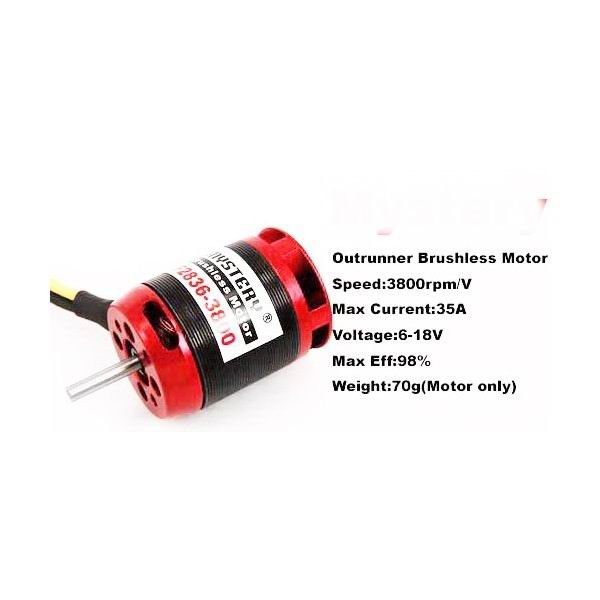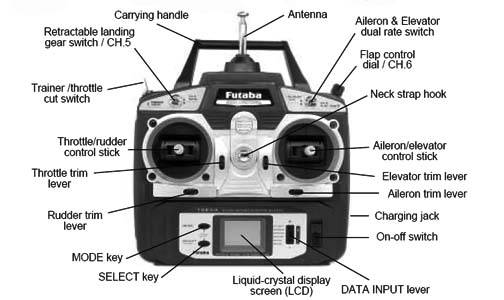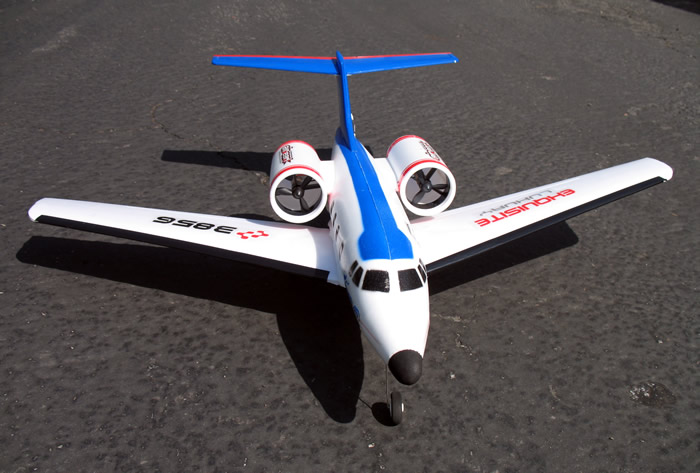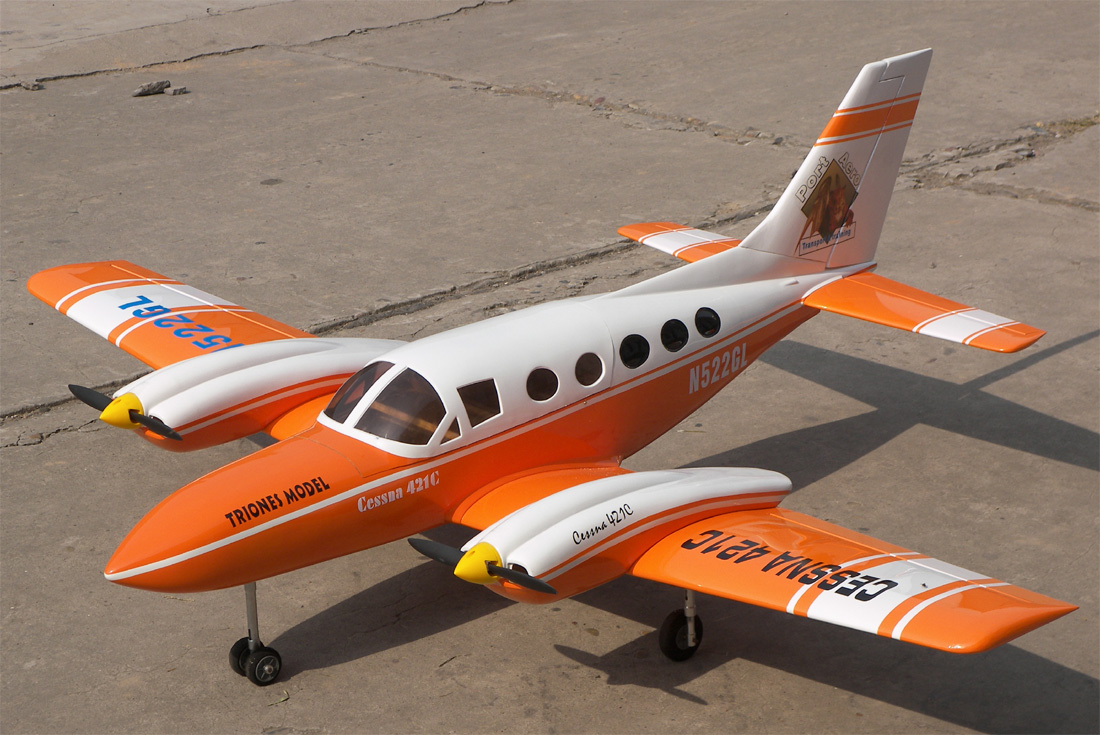The main parts are a transmitter, which transmits signal. A receiver, which receives the signal from a transmitter. A motor, which controls the flaps, wheels, wings, etc of the Plane. A model Plane, usually uses a gas-powered engine. The transmitter sends a signal over frequency to the receiver in the toy. Most planes use a 9-volt battery. Most toys operate at either 27 MHz or 49 MHz (mega hertz). The RC Plan has a full function controller, with many options, the other type is a single function controller, which goes forward with the forward button, but when you release it, it goes backward, so you have to turn it off to stop the toy from moving.
Most full-function controllers have six controls:
- Forward
- Reverse
- Forward and Left
- Forward and Right
- Reverse and Left
- Reverse and Right (I got this last table of six controls from How Stuff works).
Inside the RC Airplane (RC means cable attached, radio control means wireless, but I am actually building a radio control plane, not an RC one!) When the button is pushed, the electrodes come together, and electrical pulses are released for movement. (How Stuff works gave me next table of pulses).
Main control pulses:
- Forward: 16 pulses
- Reverse: 40 pulses
- Forward/Left: 28 pulses
- Forward/Right: 34 pulses
- Reverse/Left: 52 pulses
- Reverse/Right: 46 pulses
The pulse sequence is sent to the IC in the truck, which decodes the sequence and starts the appropriate motor. For our example, the pulse sequence is 16 pulses (forward), which means that the IC sends positive current to the motor running the wheels. If the next pulse sequence were 40 pulses (reverse), the IC would invert the current to the same motor to make it spin in the opposite direction. (How Stuff Works).
The motor's shaft actually has a gear on the end of it, instead of connecting directly to the axle. This decreases the motor's speed but increases the torque (power to spin things), giving the truck adequate power through the use of a small electric motor! (How Stuff Works).
Engine of Plane: Internal Combustion Engine (Made by Daimler).
How it works: The intake is a mix of gas and air, it pushes shaft down, then shaft compresses it up, then a spark is ignited which pushes shaft down again, then shaft goes up, and intake goes through exhaust, and new intake, which keeps wheels turning, and motor going.
When the airplane moves, the low pressure, and aerodynamic shape allows the air to go over and under the wings, which accounts for more thrust and lift than mass and drag, but which are all factors of this. This allows for fluid motion in the air for the plane. Wings and head of plane should be curved and aerodynamic (can fly through air easily).
Main source: my knowledge and How Stuff Works. (Anything in brackets that says a source means that that paragraph, or table is not mine).






